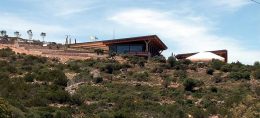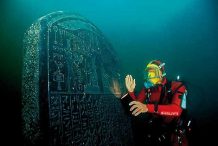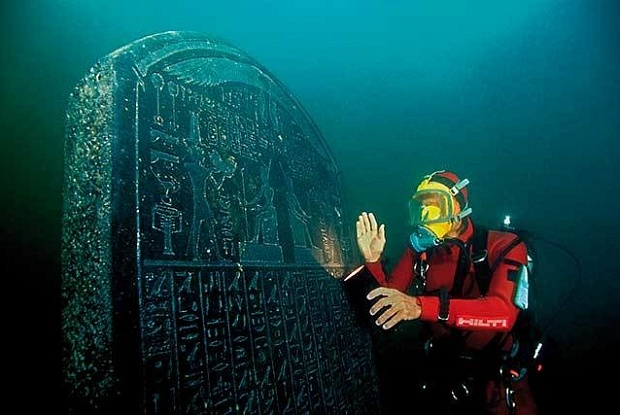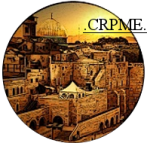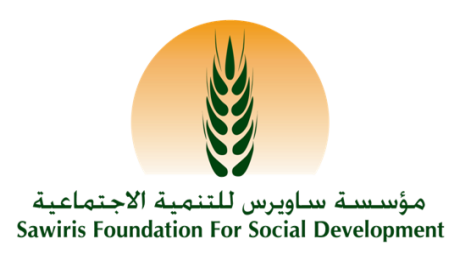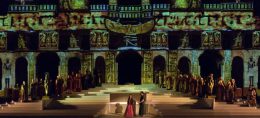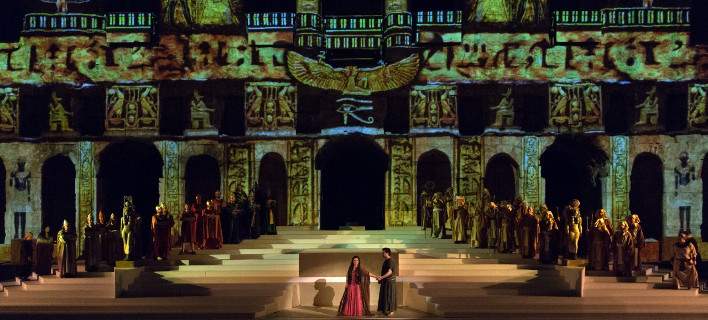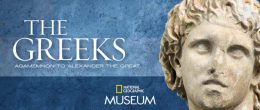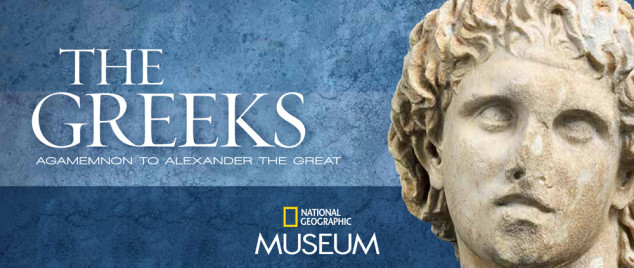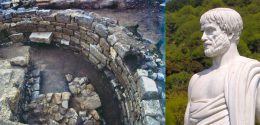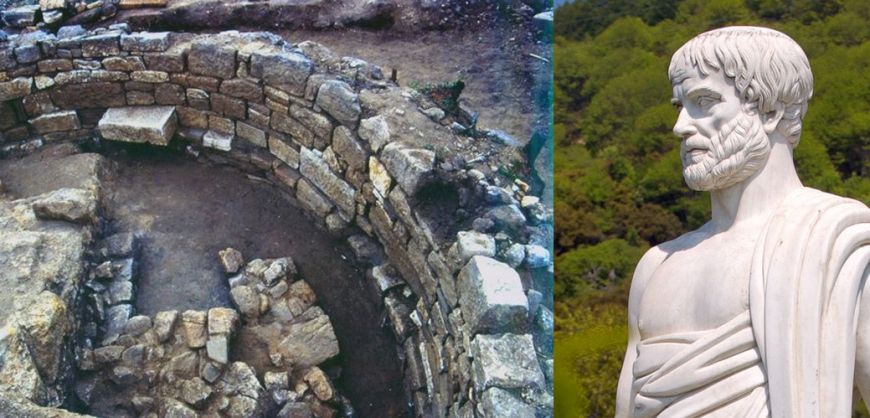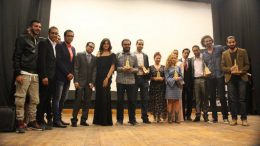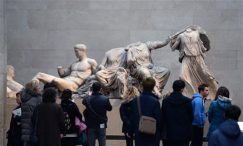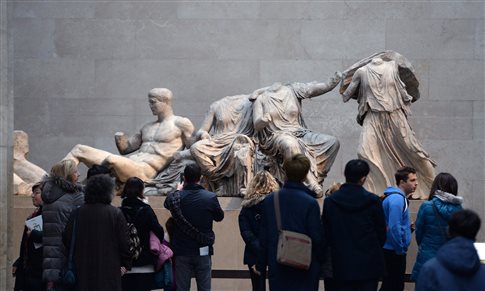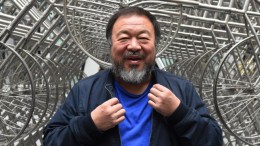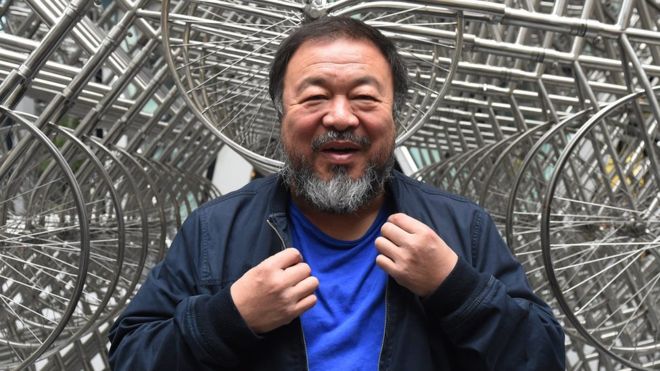 Executive Summary
Executive Summary
The report is addressing main features and challenges of religious pluralism in the Middle East in the last six months. The region covered is mostly the Middle East including the Arabian Peninsula. Sometimes it may also include countries of the Maghreb, when there are developments of particular interest. The report is focusing on the great challenges religious pluralism faces in the region but, at the same time, it is highlighting positive state and community initiatives that promote religious co-existence and pluralism. The documentation work leading to the report reflects the research already posted in the Centre’s website, which is being constantly updated with the developments regarding the religious communities in the region. It is, thus, neither exhaustive nor discursive in covering all the relevant events but it focuses on the events that could reveal certain issues, trends, continuities and discontinuities.
There are three kind of challenges confronting religious communities in the region:
- In the ongoing Syrian civil war and the Iraqi political chaos, developments on the ground and the framing of the discourse, suggest an increasing militarization of sectarian identity, beyond the key contenders in the conflict.
- Changes in the constitutional and legal framework in various countries connected with the uprisings and or/with political and socio-economic changes and transitions in the referred countries.
- Issues arisen from the connection of the position of various religious communities with the political situation in their states, such as in Lebanon and Israel/Palestine.
The sectarianisation of the larger and more powerful communities, representing both local actors and regional ‘interested parties’, has been an enduring trend in the Syria-Iraq conflict theatre for several years. Conflict’s duration and intensity has engraved distrust and existential rivalry deeper in each involved party’s view of an acceptable compromise. This ‘settled’ distrust renders future reconciliation a daunting prospect. Likewise, distrust and hatred fuel and ‘enforce’ population homogeneity, altering violently the human geography of the region. Pockets of mixed or ‘other’ sect population, either consisting of indigenous or displaced population, straddled or taking refuge in ‘enemy’ territory occupied by jihadists, are under constant threat. Although often overlooked, large communities in minority settings (such as Sunni pockets in Kurdish or Shia-held territory) have endured a great share of sectarianisation backlash, as well. In effect, displacement and sectarian state-building are ‘clearing’ areas of former pluralist coexistence, changing the ethno-religious composition of the region in the process.
Sectarianisation and the drive for population homogeneity, have been exceptionally devastating for numerous communities of lesser political power and self-defence capacity. After millennia of presence in the region, religious communities, as old as Mesopotamia itself, are being pushed outside their centuries-long ancestral lands. These communities face the difficult choice between a probably one-way flight to distant places and a fake dilemma between seeking protection under dominant communities, or otherwise risk annihilation.
In this context, a new alarming trend of militarization is developing, affecting religious pluralism both in Syria and Iraq, as well as the wider region. Even religious communities, that have traditionally placed themselves on the side-lines of major contentions in the region, increasingly acquire a military posture.
Changes in the legal framework have been implemented or pledged concerning the protection of religious pluralism in Egypt, Tunisia, Morocco, UAE and Turkey. There are, however, difficulties and delays in implementing them. The issue of proselytising remains problematic in all Middle Eastern countries. Christian, and particularly Evangelical Churches’ missions, are considered to have not only religious, but also political objectives. In countries like Iran, UAE and Egypt, the state maintains working/amicable relations with established Middle Eastern Churches, such as the Armenian or the Greek Orthodox Church, but there is considerable suspicion over the Evangelical missionary activity. There are still, however, communities that, although part of the region and of the indigenous societies, remain subject to discrimination; such as, the Bahai’s and the Sunni Muslims in Iran, the Alevis and the Christians in Turkey. It seems that, despite initiatives to change the legal framework regarding religious freedom in countries, such as Turkey, Egypt and Iran, the relations of religious minorities with the state is more a matter of perpetual negotiation, bargaining and co-opting policies rather than the outcome of an institutionalised framework.
In Saudi Arabia, the Riyadh-based King Abdul Aziz Centre for National Dialogue (KACND) looks to bring Sunni and Shiites together, in order to promote mutual understanding, through contact and to counter hate speech. There are, however, steps to be taken towards more freedom and worship for non-Sunni Muslims and more rights for the Shiite minority in the country. Although GCC countries were not part (with the exemption of Bahrain) of the Arab revolts they are at the verge of considerable changes in their economy and society. Saudi Arabia is pledging to rapidly decrease her dependency on oil and this would inevitably lead to changes within her society, regarding gender issues and the religious freedom of millions of foreign workers and investors. The socio-economic partial or full integration of millions of foreign workers and investors that are becoming the vast majority of the population in many Gulf Monarchies is closely connected with religious tolerance and pluralism.
In Iran the lifting of sanctions and the electoral victory of the reformists and moderates in the recent elections will strengthen civil liberties for religious minorities. There are today clear signs of a gradual progress in this domain, regarding poor religious freedom conditions for religious minorities, especially for Baha’is, Christian converts, and Sunni Muslims. But the domestic battle for power in Iran is far from being over. Socio-economic developments, the ascent of a powerful middle class, the opening of the economy and the role of foreign investment would certainly affect religious pluralism in this country.
Interestingly in the case of Morocco’s religious pluralism pursued by the state seems to be directed to include not only the non-Sunnis and non-Muslim religious communities, but also the Salafi community, as they are a potential threat of extremism. In this sense, it may be argued that Morocco is approaching the notion of religious pluralism in a different way. While the notion of religious pluralism is assumed to imply opening the space of the public sphere for other non-dominate religious communities to participate, Morocco is opening space to neutralize extremist elements within its dominate Sunni community before it opens the space for the former.
Regarding Israel/Palestine and Lebanon issues of religious pluralism and genuine socio-political and socio-economic equality for religious minorities remain hostages of the political stalemate. In Israel the significant shift in the political scene towards the Right and the continuation of the occupation reinforces the belief of a significant part of the political establishment and of the Jewish people in Israel in a messianic mission to reconquer Eretz Israel, which leads in practice to the attempted segregation of Muslims in Israeli society. This means that other faiths, such as Christianity, are not particularly targeted by state policies, though still are regarded as enemies of the faith, by radical religious groups and certain segments of the political establishment.
The case of the Christians in Palestine is somewhat different than in other Muslim countries. While elsewhere, Christians are persecuted for their faith, in Palestine their plight does not derive so much from religious reasons, but from the same source all Palestinians, Muslims and Christians, suffer, i.e. the occupation of the Palestinian Territories by Israel. While the national struggle gives all Palestinians a sense of unity, the occupation leads to a vicious circle that can ultimately affect the Christians in the country as a community. The deterioration of living conditions leads to the radicalisation of the youth especially, giving fertile ground to extreme Islamist groups to grow. As there is no hope for the peace process between Israelis and Palestinians to recommence any time soon, it is very likely that conditions will continue to deteriorate, and the trend of escapism among Christians will continue to grow.
Lebanon is facing multiple challenges, from the absence of President since 2014, the ongoing war in Syria that has brought fear of a spill over, the large influx of Syrian refugees – which are predominantly Sunni—, affecting the demographic balance of Lebanon between the Muslim and Christian communities, to the alliances of each party with external forces. This renders the Lebanese society and its religious pluralistic statue vulnerable.
What has brought to question the durability of Lebanon’s legacy of religious pluralism and coexistence is the country’s dependency on foreign powers. The sectarian politics of foreign powers seem to inject sectarian tension in the Lebanese political arena, and probably to the society itself. Christians have been very wary of their position in the confessional system given that since 2014 the Presidential position is vacant. These concerns may be seen under a sectarian lens, especially due to fear of the all-decreasing numbers of Christians and of the extremist threats in and next to Lebanon.
Such concerns have more of a political undertone rather than a religious one, but in a confessional system it may be argued that political maneuvers are swiftly interpreted as religious and sectarian tension. The tendency of sectarian codification does not occur only in the political arena but also in the social arena of Lebanon. Various social issues are portrayed with a sectarian undertone and with religious underpinnings that may mispresent the Lebanese mosaic of religions, as having many cracks.
The report proposes three set of recommendations:
The immediate set:
- Working towards the necessary all-inclusive regional consensus for establishing humanitarian corridors in both Syria and Iraq in order to shield and shelter endangered non-Muslim minorities.
- Christian communities should be encouraged to participate in on-going discussions on the future of Syria.
- The peace process in Syria should be inclusive and should preserve pluralism and the unity of the country.
- All necessary steps should be taken in order to ensure that the perpetrators of religious massacres would face International Justice and also that all those who have assisted them in any form would be also held accountable for their deeds.
The set of recommendations concerning freedoms and rights of the religious communities:
- Governments of the region should be assisted in upholding the rights of religious communities
- Democracy is not enough; respect for human and religious rights should be enshrined either in the constitution or in a bill of rights. Equality before the law is essential and no church law should be beyond appeal to civil courts.
- OSCE experience in programs on monitoring and promoting religious tolerance and rights of religious minorities could be utilised through formats such as the OSCE’s Mediterranean Partnership.
The set of recommendations concerning long-standing issues:
- Programs addressing extreme poverty and reducing women’s vulnerability should be encouraged
- Educational reforms that support interreligious understanding and mutual respect.
- Programs addressing the positive role of the media in promoting a culture of tolerance and mutual respect.
- Interreligious dialogue should be encouraged: all religious groups should cooperate in solving the problems of some of them.
(www.crpme.gr)
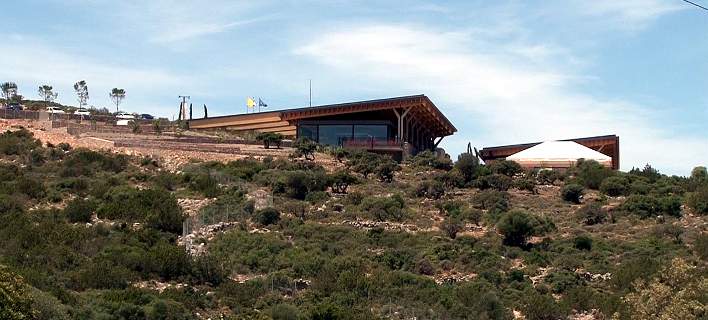 Located in Mastichochoria in Southern Chios, the Chios Mastic Museum sponsored by the Cultural Department of Piraeus Bank, opened its doors to the public on June 11th.
Located in Mastichochoria in Southern Chios, the Chios Mastic Museum sponsored by the Cultural Department of Piraeus Bank, opened its doors to the public on June 11th.